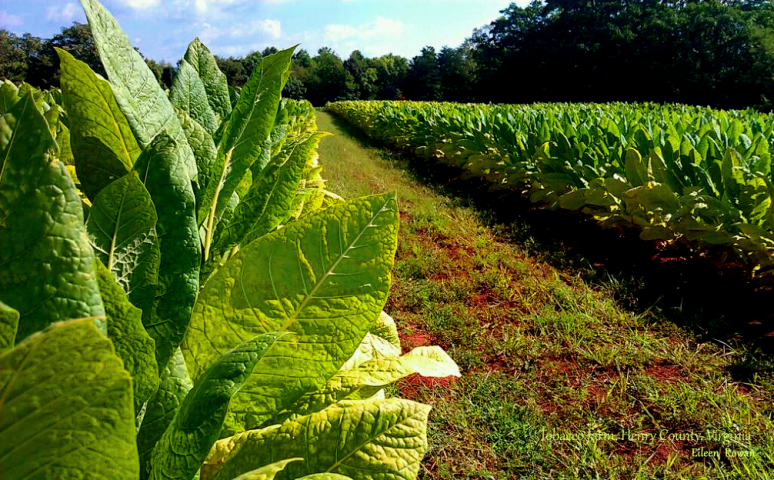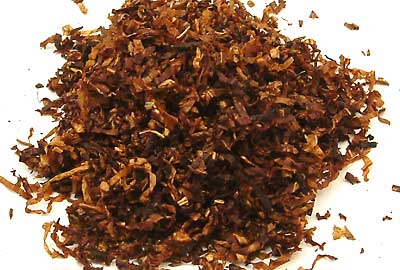One of the most versatile tobacco leafs is Virgina, also known as the “bright leaf”. It is used for example in latakia blends and aromatics, gets mixed with Perique but can also stand perfectly on its own.
This tobacco goes back a loooooong time. It was Sir Walter Raleigh who took the first Virginia tobacco to Europe in 1578. He referred to it as tobah.
Then, In 1609, John Rolfe set foot in Jamestown, Virginia. He is credited as the first settler to have successfully grown tobacco for commercial use. But most people know him as the husband of Pocahontas. Yes, from the Disney movie. Go and tell THAT to your kids.
The tobacco grown in Virginia at that time, Nicotiana rustica, was used by the Chesapeake Indians in their religious ceremonies. The English settlers tried to sell some of this tobacco in England, but they were unsuccessful. That Virginia had a strong odour and flavour and the English consumers preferred a milder variety. They got just that when in 1614 John Rolfe planted this sweeter tobacco (Nicotiana tabacum) in Virginia. It came from seeds which he brought from Bermuda or Trinidad. He grew enough to ship four barrels of tobacco to England. Rolfe’s tobacco sold for a high price and tobacco quickly became the main source of cash for Virginia. In fact, tobacco was used as currency by the Virginia settlers for years and Rolfe was able to make his fortune in farming it for export.
The bright leaf that became the favourite of European markets was not discovered until 1839. In that year a slave, Stephen Slade (owned by farmer Abisha Slade from Caswell County NC), accidentally discovered a new flue curing method that turned the leaf a bright yellow. He fell asleep one night while keeping an eye on the wood fires used for curing the barns of tobacco. Whether it was the stormy night, instinct or just what woke him, no one will ever know. But he awoke realizing that the fires in the tobacco curing barn had almost gone out. Rather than throw wet wood into the dying fire, he rushed to the charcoal pit near the forge. He grabbed several charred log parts and threw them on the embers. The application of the sudden, drying heat, derived from the charred logs, produced an amazing effect on the green tobacco. The result was 600 pounds of the brightest yellow tobacco ever seen. By the mid-1850’s, Abisha Slade had emerged as one of the leading educators in the use of charcoal in the curing of bright leaf tobacco. He made many public appearances to share the bright leaf process with other farmers.
In the United States Virginia is grown in the following “belts”, comprised of six states:
• Old Belt: Virginia and North Carolina
• Middle Belt: North Carolina
• Eastern Belt: North Carolina
• Border Belt: South Carolina and North Carolina
• Georgia Belt: Georgia, Florida and Alabama
But the bright leaf is also grown all over the world in countries like Canada, China, Zambia, Tanzania, India, Argentina, Brazil and The Philippines. Because it grows pretty well in poorer soil it is one of the easier plants to cultivate. Beware, the flavour will vary depending upon where it is produced. For example, American Virginia tobacco is quite a lot sweeter than African.
Talking about sweetness, Virginia tobacco has a natural high sugar content. It is not abnormal to find sugar levels of 20% to 25% in the bright leaf. If the tobaccos are cased (like in aromatics) it can be even higher. Because of that higher sugar content Virginia can burn a bit hot. So if you don’t smoke slow you might wind up with a leather tongue.. And exactly that is one of the reasons that Virginia flakes are popular. They slow down the burn rate because the tobacco is tightly packed together. Virginia-Perique blends are also very loved. This because the combination tastes good and the slow and cool burning Perique tames the Virginia heat pretty well.
There are several types of Virginia, each with unique characteristics:
• Yellow Virginia: The most sweet of them all. Lemon to banana yellow in colour. The taste has a citrus-like, acidic sweetness.
• Orange Virginia: A bit less sweet then the yellow with a kind of hay-like quality.
• Bright Virginia: (A collective term) Most of the times a mixture of yellow and orange with perhaps a bit of red.
• Red Virginia: A bread or yeast-like toastiness with a lot less sugar.
• Brown Virginia: Heat, pressure and ageing are used to deepen the flavour and increase the nicotine content of the leaf. Regarding taste it has a mildly sweet earthiness.
• Black Virginia: Yellow Virginia gets roasted on a metal surface until it turns black. This way the sugars are caramelized and you get a bit of a sweet, fruity taste.
When creating new blends, Virginia is VERY important. It forms the backbone of a mixture. Very often several types of Virginia are used within 1 blend, also in different cuts. For example, HH Mature Virginia from MacBaren contains 15 different types of the bright leaf. So if you make a new mixture, be sure that the Virginia part of it tastes good. Then when you are satisfied you can add other tobaccos like latakia, orientals etc.
There are a LOT of Virginia blends, I am not going to name them all. Well known straight (or almost straight) Virginia mixtures and flakes are:
– Ashton Gold Rush
– Capstan: Medium Navy Cut, Gold Navy Cut
– Cornell & Diehl Opening Night
– Dan Tobacco: Hamburger Veermaster, Skipper’s Flake
– Dunhill Flake*
– Esoterica Tobacciana: Blackpool, Kingsbridge
– GL Pease Union Square
– HU Tobacco Sunset
– MacBaren: Virginia No.1*, Virginia Flake, HH Mature Virginia
– McClelland: No. 5100 Red Cake, No. 2010 Classic Virginia, Blackwoods Flake, Dark Star, Christmas Cheer
– Rattray Marlin Flake*
– Samuel Gawith: Full Virginia Flake, Golden Glow, Best Brown Flake
* Available in The Netherlands




A well written and informative article as usual, Arno. I always look forward to your next entry!
Thanks!